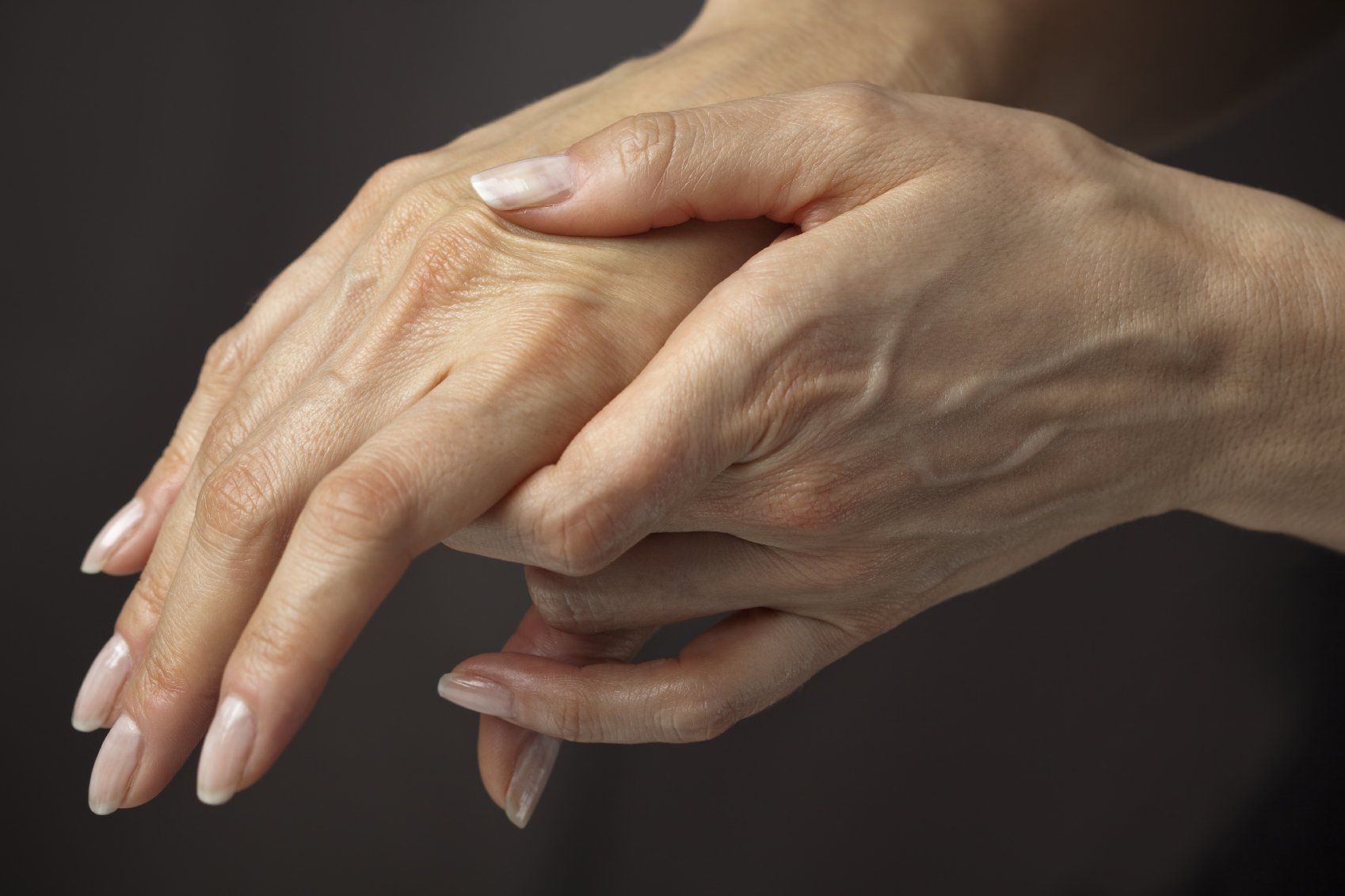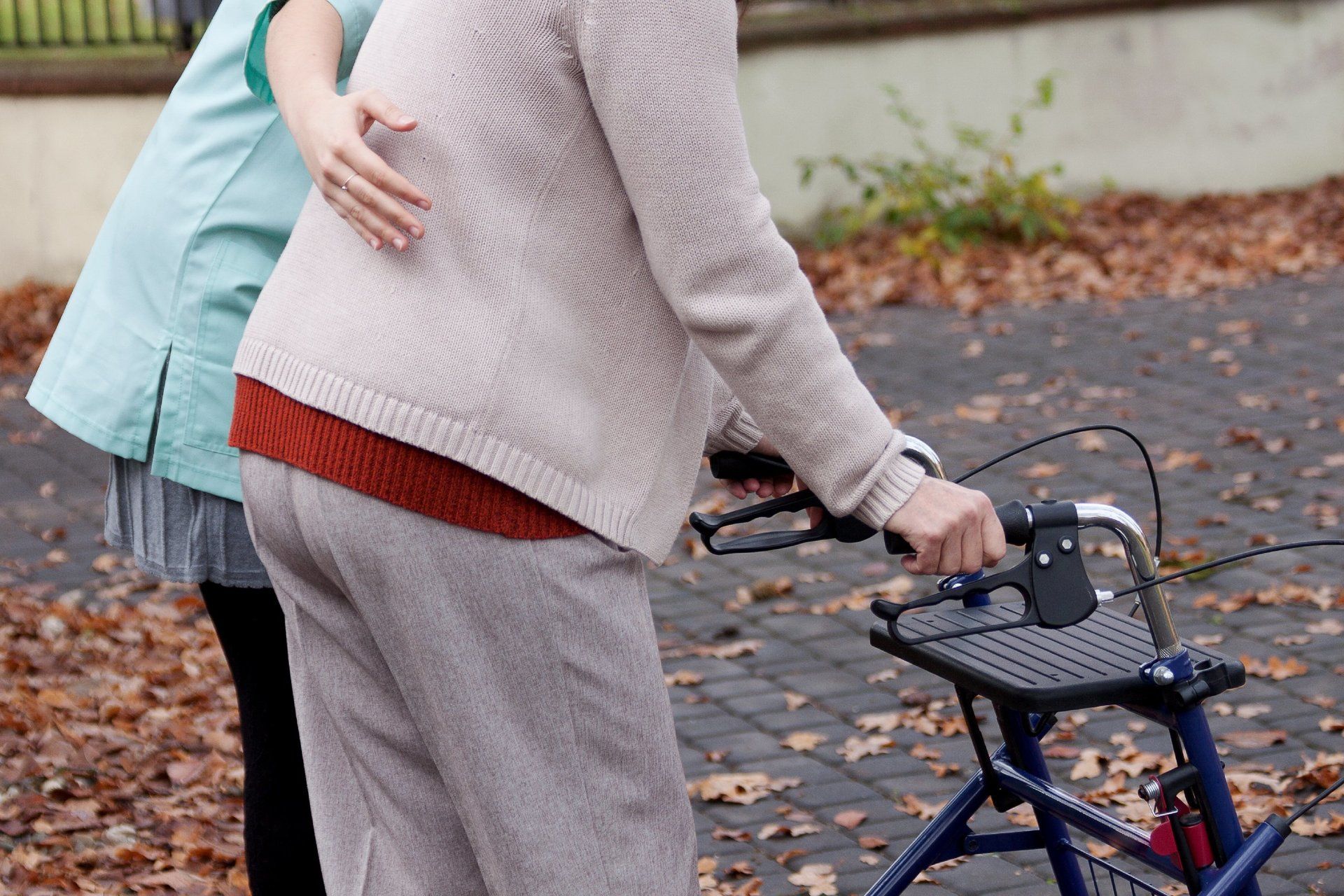Osteoarthritis - a Complex (Metabolic) System
Osteoarthritis is oftentimes characterized in simple terms - typically referred to as a “wear and tear” injury to a specific joint. This usually involves the weight bearing joints of the body such as the lower back (lumbar spine), the hips, or the knees but can also include common repetitive use joints such as the fingers/toes and also the ankle (especially if historical trauma/injury is noted).
In actuality - osteoarthritis is a complex system with many mediators that can affect degradation of joints/cartilage. There are multiple mechanisms that can help trigger erosive joint disease - including several metabolic triggers. In this excellent
review by Wang/Hunter et al from Osteoarthritis and Cartilage - they have an interesting info graphic highlighting potential metabolic contributors to OA (shared below).

Metabolic osteoarthritis refers to triggered inflammation and subsequent joint erosion associated with metabolic risk factors. Let us go through some of these potential metabolic triggers for osteoarthritis:
- Metabolic Syndrome - a group of five conditions that can lead to heart disease, diabetes, stroke and other health problems (including Osteoarthritis). Metabolic syndrome is diagnosed when someone has three or more of these risk factors:
- High blood glucose (sugar)
- Low levels of HDL (“good”) cholesterol in the blood
- High levels of triglycerides in the blood
- Large waist circumference or “apple-shaped” body
- High blood pressure
2. Elevated body mass index (BMI) - The CDC lists general guidelines for adult body mass indexes. BMI is a person’s weight in kilograms divided by the square of height in meters. A high BMI can indicate high body fat levels (but not in all instances)
- If your BMI is less than 18.5, it falls within the underweight range.
- If your BMI is 18.5 to <25, it falls within the healthy weight range.
- If your BMI is 25.0 to <30, it falls within the overweight range.
- If your BMI is 30.0 or higher, it falls within the obesity range.
Obesity is frequently subdivided into categories:
- Class 1: BMI of 30 to < 35
- Class 2: BMI of 35 to < 40
- Class 3: BMI of 40 or higher. Class 3 obesity is sometimes categorized as “severe” obesity.
People who have obesity, compared to those with a normal or healthy weight, are at increased risk for many serious diseases and health conditions, including the following:
- All-causes of death (mortality)
- High blood pressure (Hypertension)
- High LDL cholesterol, low HDL cholesterol, or high levels of triglycerides (Dyslipidemia)
- Type 2 diabetes
- Coronary heart disease
- Stroke
- Gallbladder disease
- Osteoarthritis (a breakdown of cartilage and bone within a joint)
- Sleep apnea and breathing problems
- Many types of cancer - such as gastric, endometrial, kidney, liver ca, and many more
- Low quality of life scores
- Mental illness such as clinical depression, anxiety, and other mental disorders
- Body pain and difficulty with physical functioning
Our focus in this blog is on the body pain component - particularly arthropathy associated with elevated BMI. Being overweight/obese is a clear risk factor for developing OA. Population-based studies have consistently shown a link between overweight or obesity and knee OA. Estimating prevalence across populations is difficult since definitions for obesity and knee OA vary among investigators. Data from the first National Health and Nutrition Examination Survey (HANES I) indicated that women with a BMI over 30 had nearly 4 times the risk of knee OA as compared with non-obese women; for obese men, the risk was nearly 5 times greater.
3. Elevated Waist Circumference - there is a long standing association between waist circumference and various disease risks. In a long term 13 year follow up study by Larsson et al - there were strong associations between an elevated waist to hip circumference ratio with occurrence of stroke (p = 0.002) and ischemic heart disease (p = 0.04). There also is strong data between waist circumference and elevated risks of diabetes mellitus. There is even strong correlation data between waist circumference and overall mortality (death) risks. In this study by Batsis et al - they evaluated physical effects of waist circumference and noted higher waist circumferences are associated with lower quality of life, a decline in physical function, and a slightly higher risk of disability over time with higher general arthritis rates.
4. Adipose (fatty tissue) derived inflammation (cytokine up-regulation) - Data also shows that it is not weight and sheer force impact on the joints itself that is the root cause of degradation of a joint space. There is a complex inflammatory environment that adipose tissue seems to help facilitate. In an
article by Wang et al - they noted obese individuals and study animals showed a higher level of serum tumor necrosis factor-alpha (TNF-α), interleukin-1 beta (IL)-1β and IL-6, all of which are produced by macrophages derived from adipose tissue. These are commonly known pro-inflammatory cytokines that data shows are typically elevated in the synovial fluid, synovial membrane, subchondral bone and cartilage of osteoarthritis patients -confirming their important roles in OA pathogenesis.
5. Glucose (sugar) issues - data has long shown a correlation with elevated blood glucose levels (diabetes) and risk of arthritis. In this study by Schett et al - Rates of arthroplasty (95% CI) were 17.7 per 1,000 person-years in patients with type 2 diabetes and 5.3 per 1,000 person-years in those without (P < 0.001). Type 2 diabetes emerged as an independent risk predictor for arthroplasty(P < 0.001) in an unadjusted analysis and 2.1(P = 0.023) after adjustment for age, BMI, and other risk factors for OA.
6. Hormonal changes - as individuals age - there are multiple hormonal changes that occur.
Estrogen levels typically decrease in females and
testosterone levels decrease in males which can potentially contribute to a plethora of clinical symptoms. There has been
varying data on hormonal effects on joint disease and also whether hormonal therapy can impact symptoms of osteoarthritis.
So an interesting review here on arthritis and the complex factors that may be contributing to progression. Sending good vibes and wishing everyone the absolute best. Feel free to reach out anytime with any questions. Stay healthy, stay active, and stay safe everyone!










